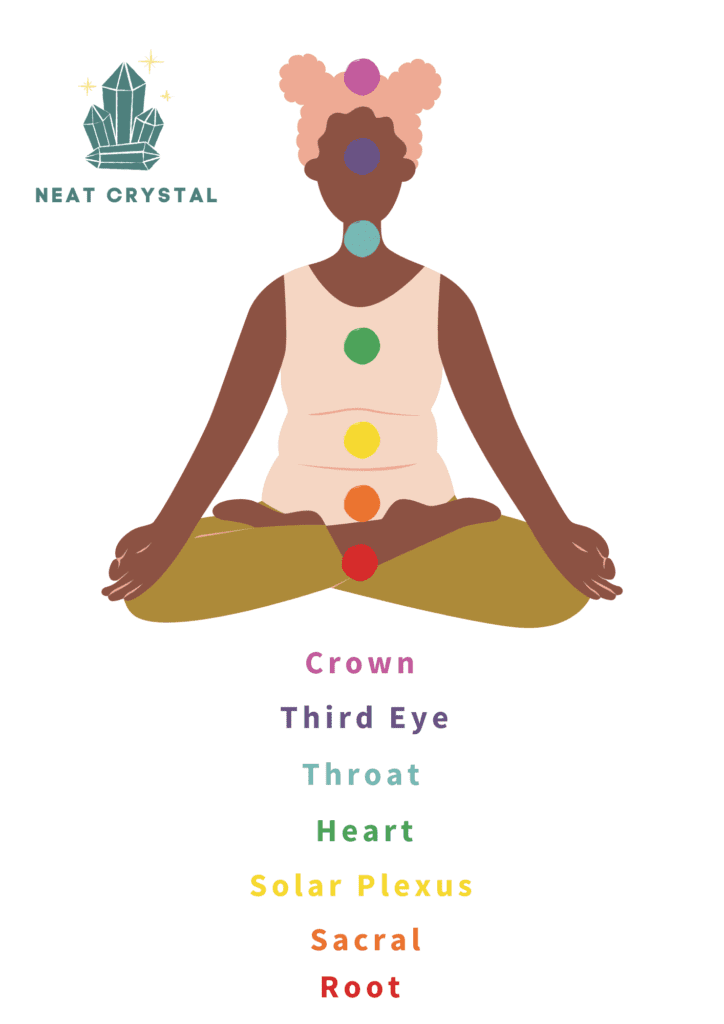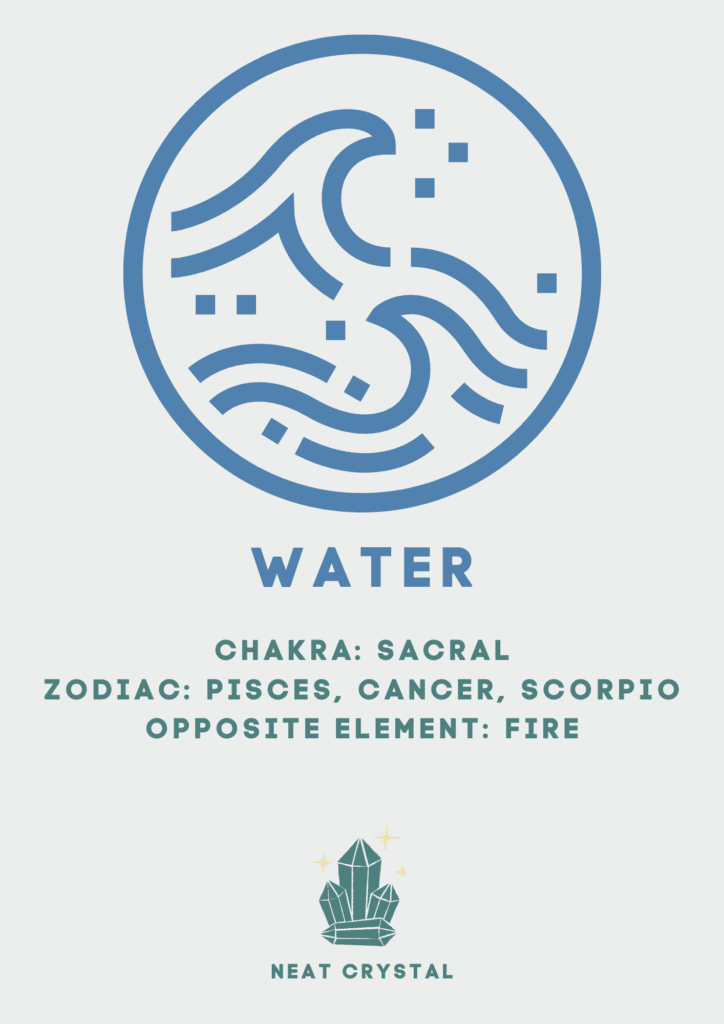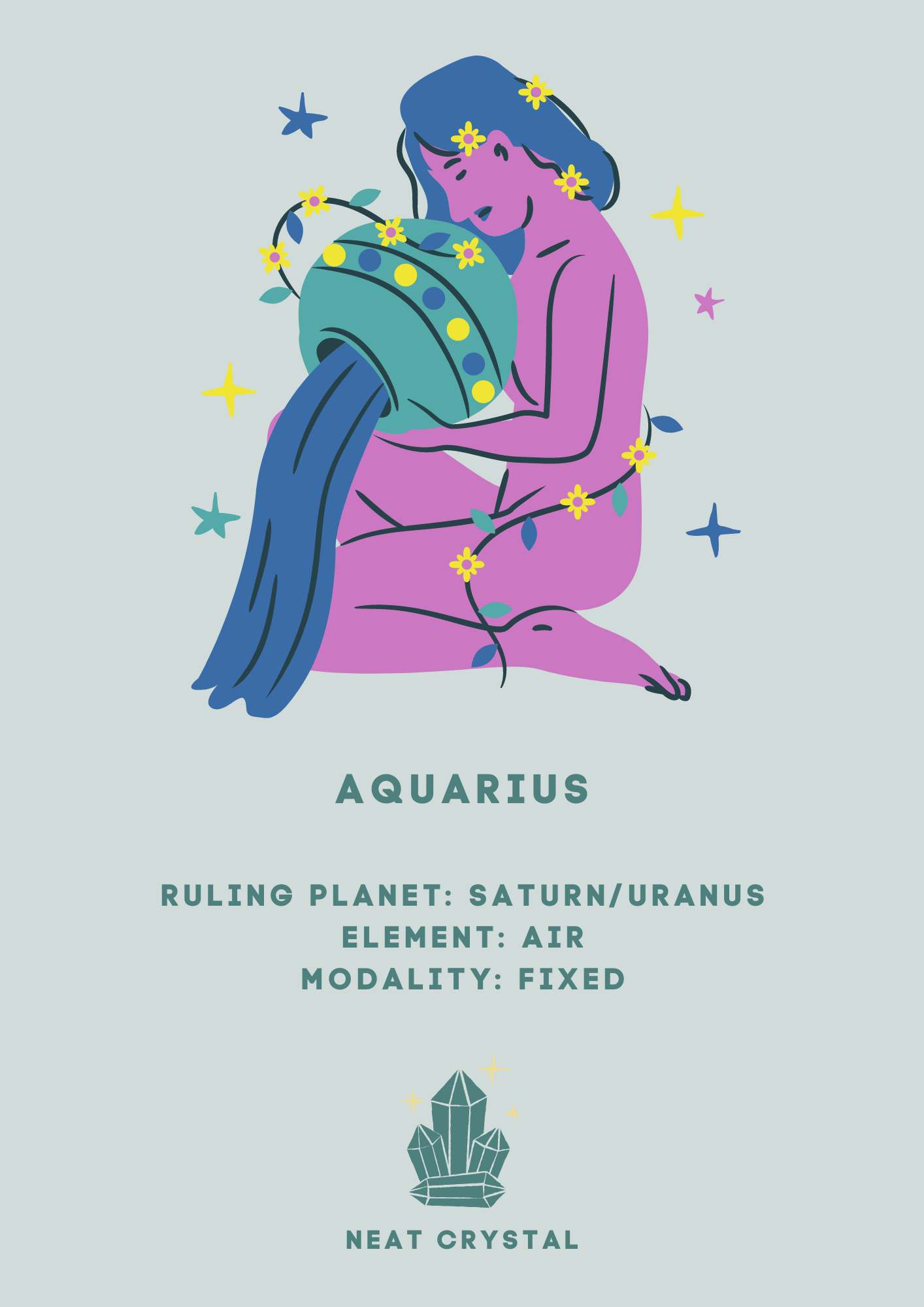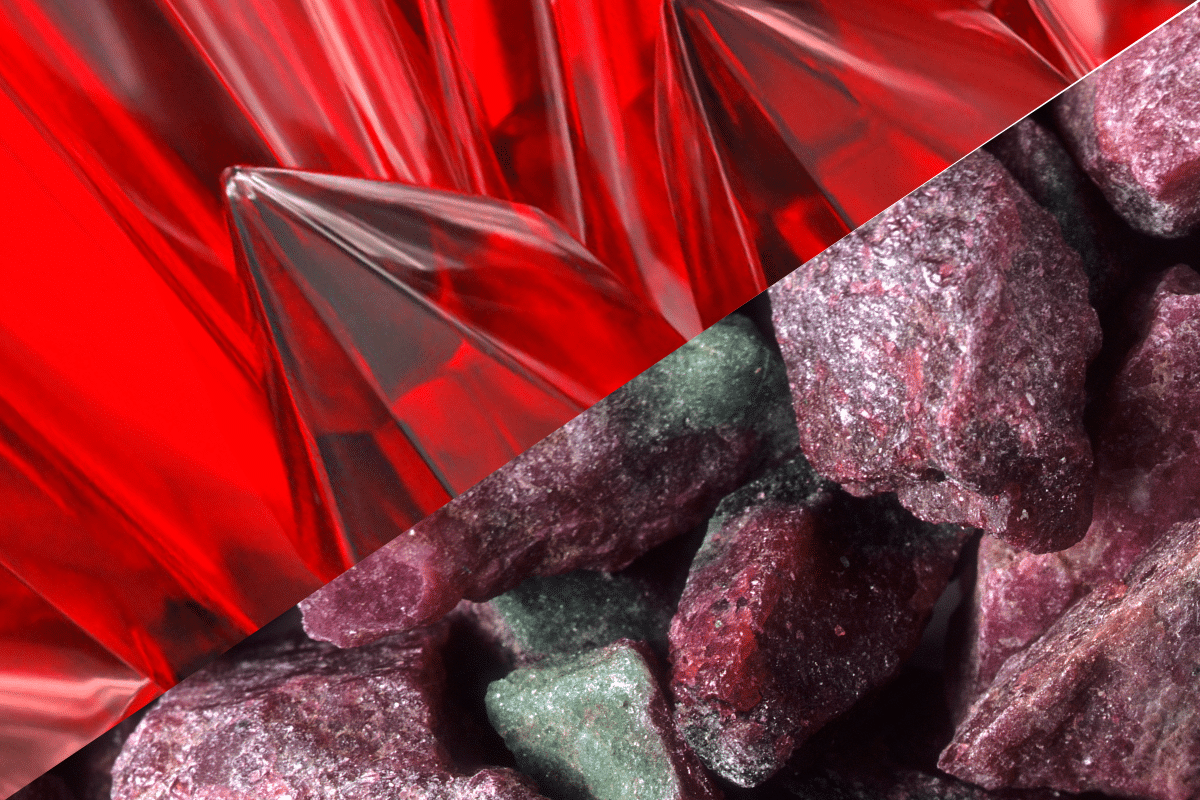Black Kyanite vs. Black Tourmaline: This Is The Difference

Both black kyanite and black tourmaline are loved for their protective abilities and are often confused. However, they are actually relatively simple to distinguish by looking at the stone:
Black kyanite is transparent or translucent with a blade-like shape. It may also have white streaks. Black tourmaline is entirely opaque and black with no other colors unless observed under a light. It does not have a specific shape. There are also metaphysical differences, such as the associated element, planet, and zodiac signs.
Below you’ll find more information on the (meta)physical differences between these stones, as well as how you can determine which stone you have!
Also Read: The Complete Guide To Black Tourmaline And The Zodiac Signs
Want more help or information? If you have any more questions after reading this blog post or want a personal answer for your specific situation, join the free Facebook group! We promise you’ll get an answer from either our team members or a community member.
Composition
Black kyanite is an aluminum silicate mineral found in aluminum-rich metaphoric rocks. On the other hand, Black tourmaline has a complex composition: it contains aluminum, hydrate molecules, silicon, and boron. Some variants can also contain sodium, calcium, lithium, magnesium, or iron. The stone’s chemical formula makes it a piezoelectric stone: a stone that stores electric charge and produces electricity when exposed to heat.
Color
Both are black, but their darkness can differ. A black kyanite’s color varies from dark black to dark grey, while a black tourmaline is an inky black colored stone. Black tourmaline is categorized into grades; the extra grade (highest quality with a shiny black color), grade A, and grade B (a dull color).


Pattern and Clarity
Black kyanite is a long, flat-bladed crystal with a glassy luster and whose clarity varies from transparent to translucent. A black kyanite may have visible white streaks within the stone.
On the other hand, the black tourmaline is entirely opaque and shows some wispy grey to blue veining on the stone when observed under a light. One of the black tourmaline’s visual characteristics is the black vertical ridges seen on the rock.
Location
These black stones are common and found in many countries across the world. Authentic black kyanite is found in Myanmar, Nepal, Tibet, and Russia, while black tourmaline comes from Pakistan, Madagascar, and Africa.
Hardness
The authenticity of a stone is often determined by its texture and hardness. The peculiar characteristic of black kyanite is that it will rate 6.5 – 7, on the Mohs scale, across the width and 4.5 – 5 along the length, while a black tourmaline stone rates 7.
Care
Both stones are cleaned using a soft cloth, warm water, and mild soap.
Black kyanite possesses many supernatural abilities, one being their ability to cleanse and hence do not require cleansing. Before using, black kyanite can be recharged by smoke cleansing or leaving the stone on the ground on a rainy day. This ensures the stone is not holding on to any energies and is ready to absorb yours.
- Also Read: Can Black Tourmaline Go In Salt?
The black tourmaline can be charged and cleansed by leaving the stone in the moonlight overnight, using selenite charging plates, or burying the stone in a protective cloth in the soil for 24 hours.


Black Tourmaline vs. Black Kyanite – Properties
Both stones are very versatile in their use and abilities, both spiritually and physically.
Before you continue reading, beware that crystals and gemstones are never a replacement for medical help. If you are experiencing issues, visit a doctor.
Physical Healing Properties
Black kyanite has several healing properties for the body. Among them are relieving pain, reducing inflammation, and bone healing. Black kyanite is also used in muscular system treatment and mental issues.
On the other hand, Black tourmaline improves blood circulation and promotes good moods. Black tourmaline is also helpful in detoxing heavy metals from the environment.
Metaphysical Properties
Ancient Lore
Black kyanite is believed to be the material used to make archangel Michael’s sword, whose power is thought to cut through, purify and balance all energies. Black kyanites are earth crystals hence beneficial for protective grounding energies purposes.
Both black kyanite and black tourmaline stones are great for activating lucid dreams and are used as tools for astral travel and communicating with higher beings. Reiki practitioners place both stones on specific chakras during crystal healing to absorb negative energy.
Feng Shui
Black kyanite activates the metal element responsible for communication and clearer speech. The stone also activates the water element responsible for depth and intuition.
Black kyanite is also used to create a protective grid by placing a stone in all four corners of the house.
Black tourmaline in Feng Shui is buried in the home’s northern area, which is symbolic of luck, spiritual awareness, and new beginnings.
Spiritual Properties
Black kyanite heals, grounds, and aligns all chakras. A black kyanite stone is placed on any energy points for healing. Besides its healing properties, black kyanite dispels negative energies and activates mind centers. Black kyanite will unblock a blocked aura and develop a deeper connection between the physical and the spiritual.
Black tourmaline is also powerful in driving out negative energies and purifying properties. It is an iron-based mineral that is considered to have potent protection abilities, making it useful for anxiety and nightmares and removing low vibrational entities.
One of the stones’ psychic abilities is to create a connection between earth and the human spirit. Black tourmaline is associated with the root chakra that brings self-confidence and a sense of grounding and power. Black tourmaline can also be used for scrying.
Additionally, both stones are worn in jewelry for the primary role of eliminating negative energies from our surroundings.
Chakra Association
When talking about chakras, we mean the 7 energy points on a person’s body. Each point represents a part of a person’s life:
- The root chakra (Muladhara): our sense of stability and security.
- The sacral chakra (Svadihsthana): the emotional body, sensuality, and creativity.
- The solar plexus (Manipura): self-esteem and your overall personal power.
- The heart chakra (Anahata): love for ourselves and the world around us.
- The throat chakra (Vishuddha): communication, self-expression, and trust.
- The third eye chakra (Ajna): our intuition, perception, and overall awareness.
- The crown chakra (Sahasrara): the connection to the divine, transformation, and clarity.

The two stones are connected to all body energy points, most especially the root chakra, which offers stability and grounding to all chakras. They both keep your energies high while protecting the aura.
- Also Read: What Chakra Is Black Tourmaline?
Numerical Vibrations
By looking at a stone’s numerical associations, we can determine whether a stone’s energy is beneficial for us.
A black kyanite stone vibrates at six and does not accumulate negative energies, while a black tourmaline vibrates at 3 or 4, depending on the variety.
Number 6 in numerology is significant for harmony, perfection, and intelligence. The numerical vibration is directly related to planets Venus and Uranus and the zodiac sign Virgo. The positive character traits of people under this vibration are empathy, selflessness, and curiosity. These people are idealistic and best suited to humanitarian career paths.
The schorl black tourmaline variant vibrates at 3. The significance of the number 3 in numerology is inspiration, humor, and creativity. The number represents the core principles of growth and a divine spark within ourselves and others.
The dravite variant vibrates at 4. People who resonate with number 4 have tendencies to be detail-oriented and responsible. Number 4 is an earth element and is ruled over by the sun. The cancer zodiac is also associated with the number 4 in astrology.
Elements
The elements have been used for centuries to explain human nature. We generally use the four elements in the West: earth, air, water, and fire. Each represents a part of our lives.
Black kyanite is an earth crystal. It helps us ground our being and balance and align all body chakras.

Black tourmaline draws its energy from the water element of nature. The water element signifies strength and intuition. Crystals of this element can facilitate emotional healing and serve as a connection to the divine.

Planetary Association
Apart from its associated chakras and elements, we can also look at the planet a crystal is ruled by. This simply means the planet that has the most power over a stone. This is Jupiter and Saturn for black kyanite, while Venus and Jupiter rule over black tourmaline.
Jupiter is regarded as the king of gods and the planet associated with wisdom and abundance.
Venus is the planet that governs beauty and self-expression.
Saturn represents maturity and boundaries.
Zodiac Signs & Birth Stones
Black kyanite is not considered a birthstone but is associated with Jupiter, which rules Sagittarius, and Saturn, which rules Aquarius and Capricorn. Black tourmalines ruler (Venus) also rules Taurus and Libra.
Even though high vibration crystals can be helpful to any zodiac sign, working with a stone that matches your zodiac sign helps you work through the challenges of that sign. For example, black kyanite helps Capricorn to have the courage to seek optimism and not fall into the trap of overthinking and pessimism. On the other hand, black tourmaline helps Libras overcome their tentativeness and develop trust.





Best Combinations
Black kyanite can be paired with mica to help with mental health-related issues. Labradorite paired with black kyanite is a powerful combination in the alignment of the root chakra.
On the other hand, black tourmaline can be paired with smoky quartz to prevent nightmares. Black tourmaline can be paired with black obsidian or hematite to activate the root chakra. Black tourmaline is also paired with amethyst or clear quartz for protection and grounding.







9 Comments